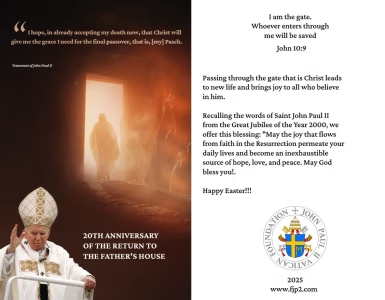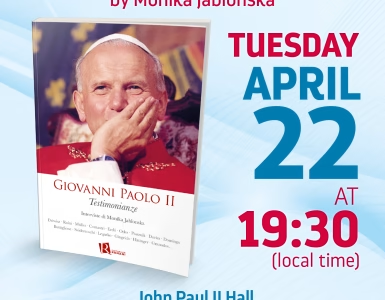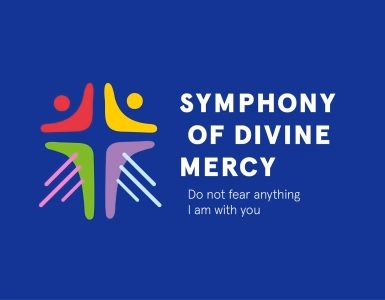For many commentators, many experts in religious matters it took a long time before they understood John Paul II, his personality, and teaching, and his undoubtedly specific way of directing the Catholic Church. They thought they could apply beaten-down cultural patterns to him, somewhat ideological and somewhat political. People of simple faith, but transparent, authentic, like the aforementioned Sicilian bartender, knew how to right away capture what was important. They were able to understand where the extraordinary richness of the soul of this man who remained himself came from. They understood that his entire life was full of the Gospel.
However, there are some risks. Objective risk. Whether because of the passing of time, the short memory of today’s man, or because of the fussy attitude of society and culture towards prominent figures, and therefore the tendency to place them fairly quickly in the “archive”, there is a risk that the collective memory of John Paul II will be reduced to mere sentiment or nostalgia. And, that this memory will end up in photographs in the bar, on those monuments that have been erected to him, or on the thousands of outposts, streets, squares, hospitals and oratorios bearing his name.
With the permission of Cardinal Stanisław Dziwisz – “At the side of the Saint”
St. Stanislaw BM Publishing House, Krakow 2013





